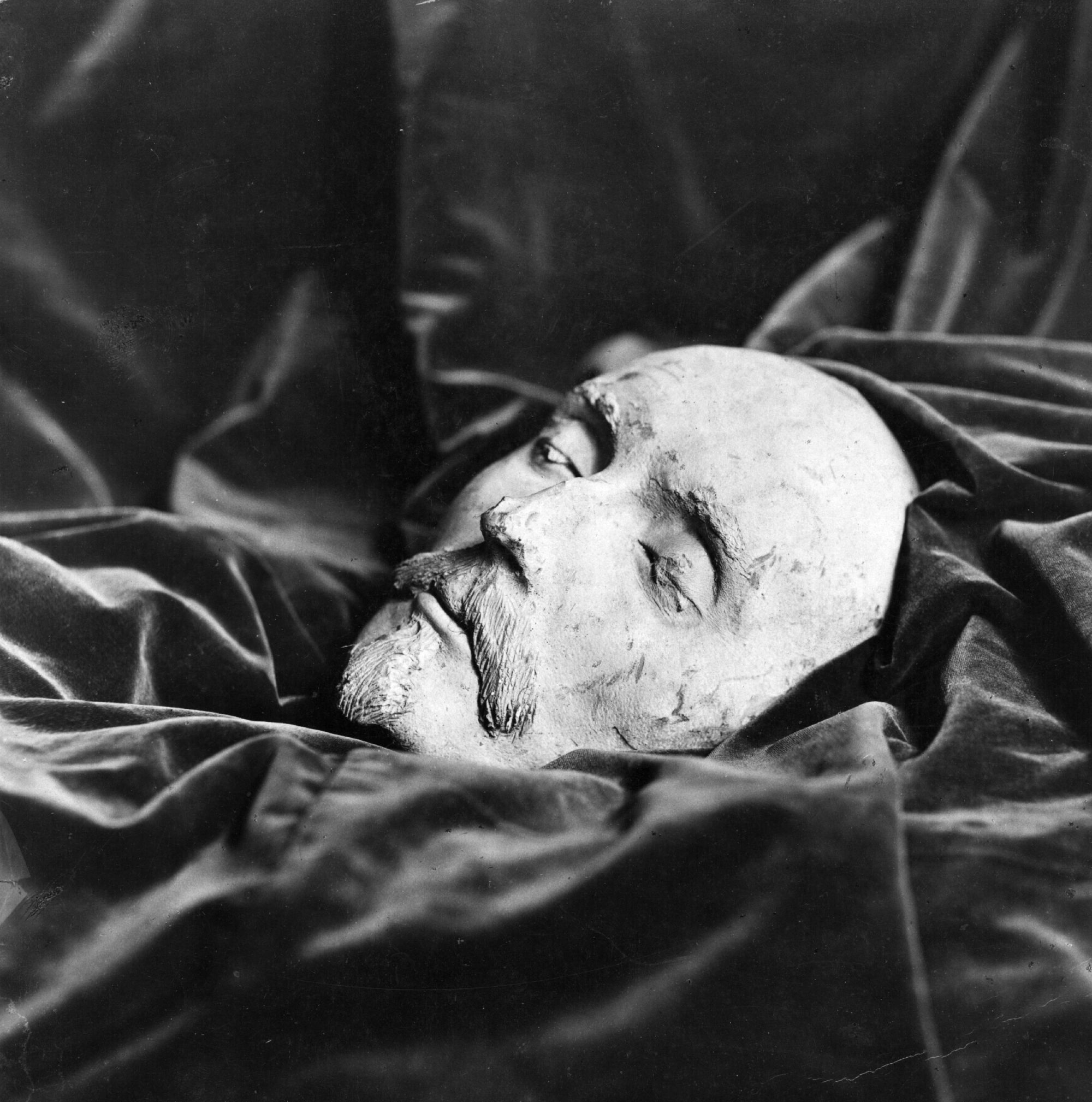She has the face of a sleeping beauty – eyes closed, the faintest and sweetest of smiles, hair carefully parted in the middle. There’s an appealing and absolute serenity about her and for a fleeting moment, you think that she’s a sculpture. In fact, this is a 19th century death mask, one of the most copied in history.
Famous death masks
She’s known simply as “L’Inconnue de la Seine” (The unknown woman of the Seine). So the story goes, her body was retrieved from the river in Paris in the 1870s or 1880s – no one has an exact date. She’d apparently drowned herself. An attendant at the morgue was so moved by her beauty and youth (she may well have been a teenager) that he ordered a plaster mold of her face.
In the following decades, her death mask was much reproduced, in effect becoming an objet d’art. Among her 20th century admirers were Giacometti, Man Ray, Vladimir Nabokov and Albert Camus referred to her as the “drowned Mona Lisa.”
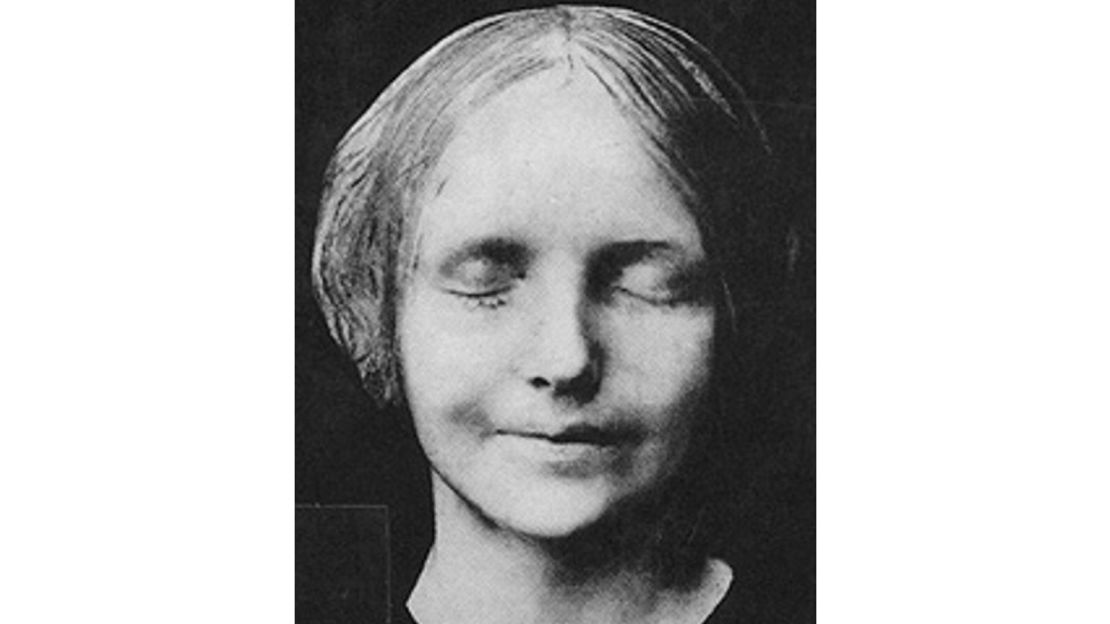
“L’Inconnue” is still popular to this day although the Paris river police are skeptical about her story. According to a BBC article, they think her face is too perfect, too serene for a river suicide.
Memorial casts
A London artist, musician and “jack of all trades,” Nick Reynolds knows all about drowned bodies. As a young man training to be a Royal Navy diver, he got “the horrible jobs” like fishing “grotesques” out of the River Thames. He quickly overcame his squeamishness. In middle age, he set up a niche business, “Memorial Casts” making death (and life) masks. He believes that he’s the only specialist of his kind in Britain, working out of a modest flat in Archway, in north London.
As Nick Reynolds will tell you, death masks began in antiquity – the most famous being the funerary mask of Tutankhamun. Wealthy Romans ritually kept death masks of their ancestors for display and worship. The Victorians too were briefly obsessed – according to the Victorian science of phrenology, you could determine a person’s character and personality from the shape of his head. From the 1820s to the 1840s, a leading British phrenologist and mask-maker, James de Ville, accumulated some 2,000 specimens.
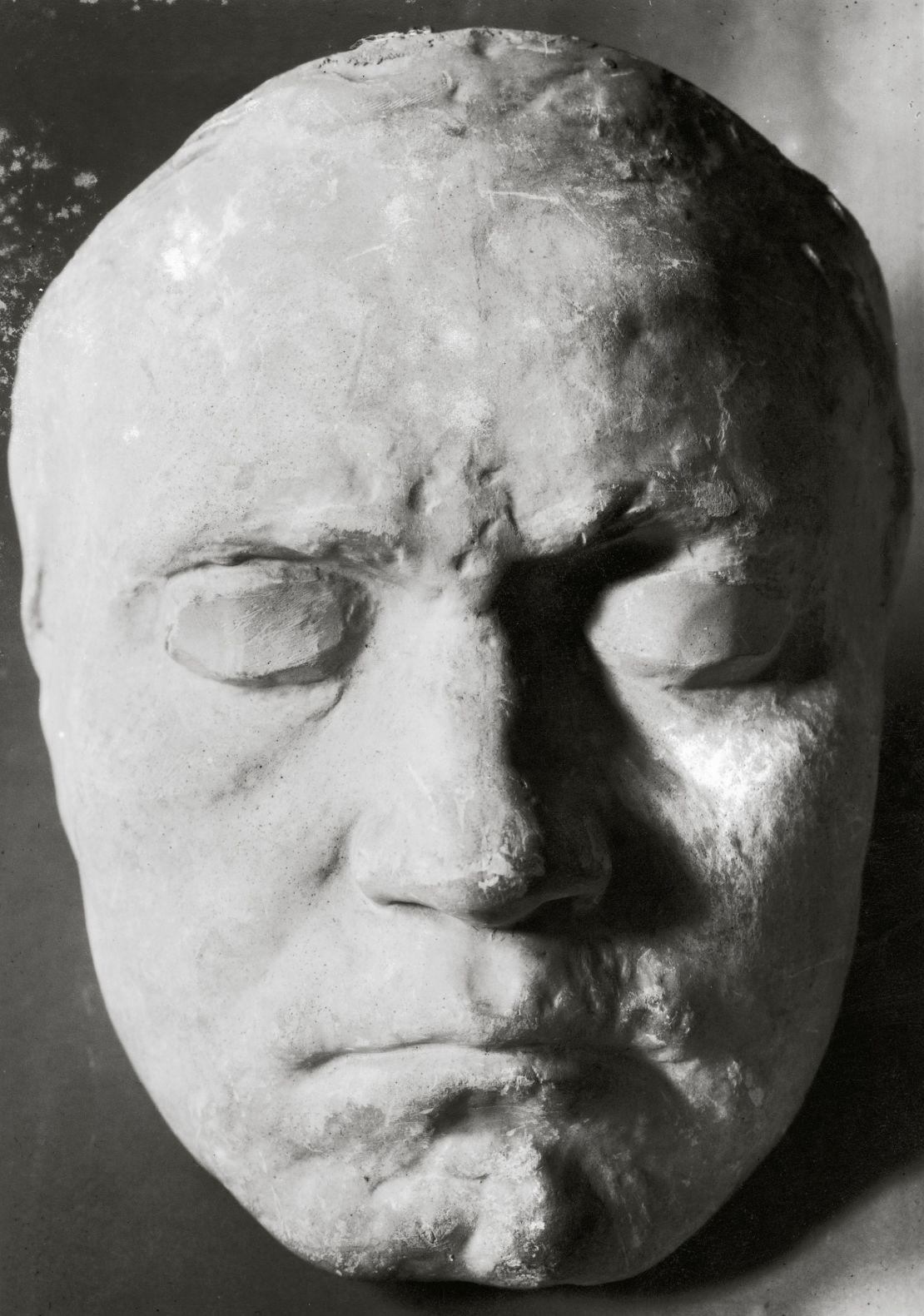
Edinburgh University’s Anatomy Museum, Scotland Yard’s Crime Museum and America’s Princeton University have all been left large collections of death masks. So, we can deduce from their collections that Beethoven could evidently look a bit grumpy, and that at the end of their lives, the Duke of Wellington didn’t have many teeth and Benjamin Disraeli had bags under his eyes. The Victorians were transfixed by gruesome murder stories so there’s an extensive legacy of executed villainy – death masks of the Edinburgh murderer and body snatcher, William Burke (of “Burke and Hare”) and the Australian outlaw, Ned Kelly.
Some death masks have become highly collectible. One of Napoleon – taken shortly after he died in exile on St Helena in 1821 – sold at Bonham’s in London in 2013 for £170,000 (approximately $220,000). The death mask of a notorious Victorian murderer, Benjamin Courvoisier, hanged in 1840 (and witnessed by a crowd of 40,000 including Charles Dickens), was recently found in an outbuilding on a remote farm in Cumbria in the North of England. It fetched £20,000 ($26,000) at auction earlier this year.
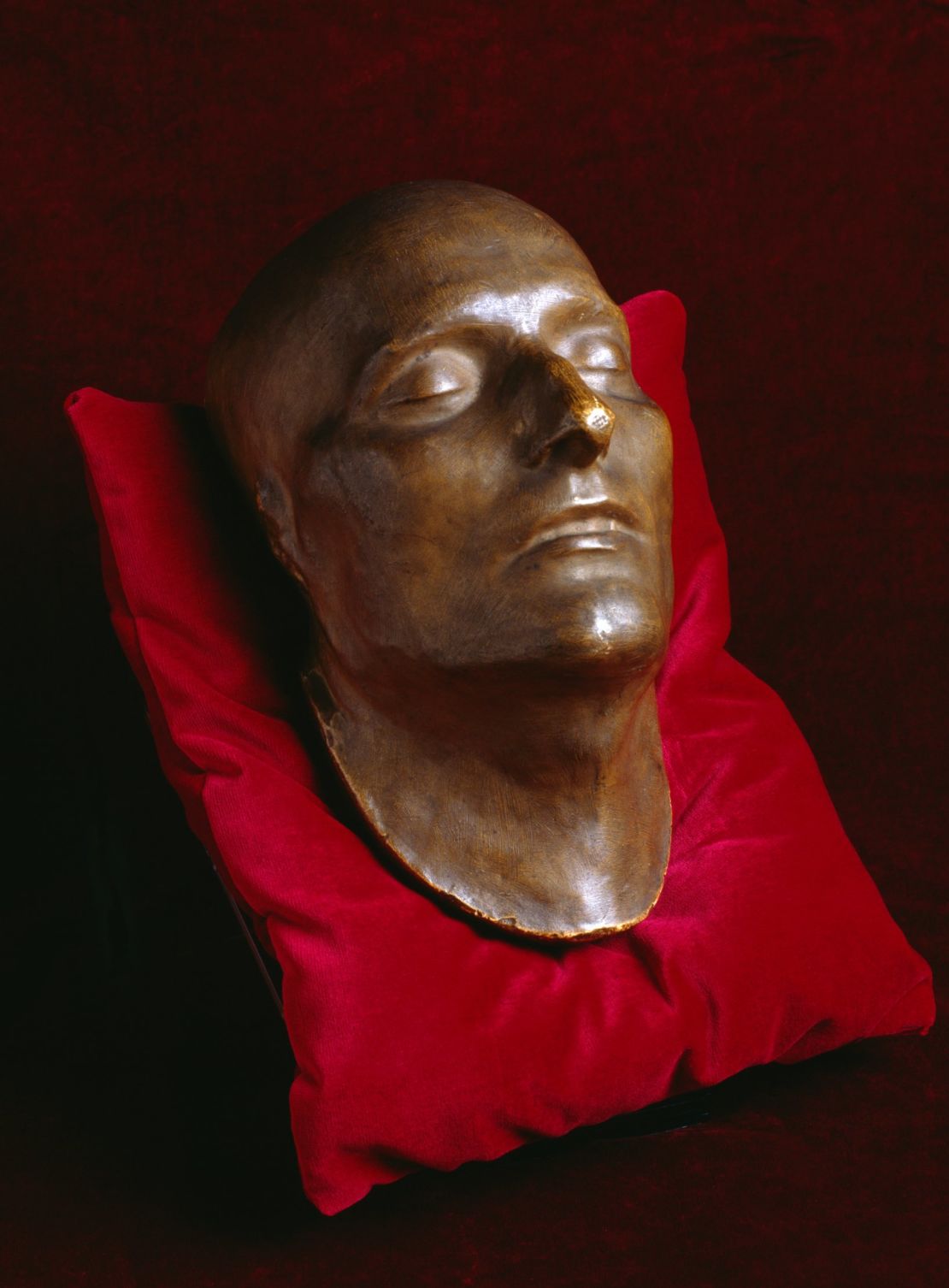
Nick Reynold’s personal fascination with death masks began when he was just eight or nine when he saw the death mask of the 17th century English political and military leader, Oliver Cromwell. “That’s a man frozen in time,” Reynolds remembers, “you could see the warts, one on his forehead, one under his bottom lip.”
Reynolds gets extremely animated talking about his profession. He feels he is capturing “a sublime moment between life and death, a snapshot of the soul.” But he’s also aware that he’s out of step with the times. “Everyone wants to stay young, everyone is airbrushed,” he says. “People are haunted by the idea of old age, let alone death. The Victorians embraced death, celebrated the majesty of it.”
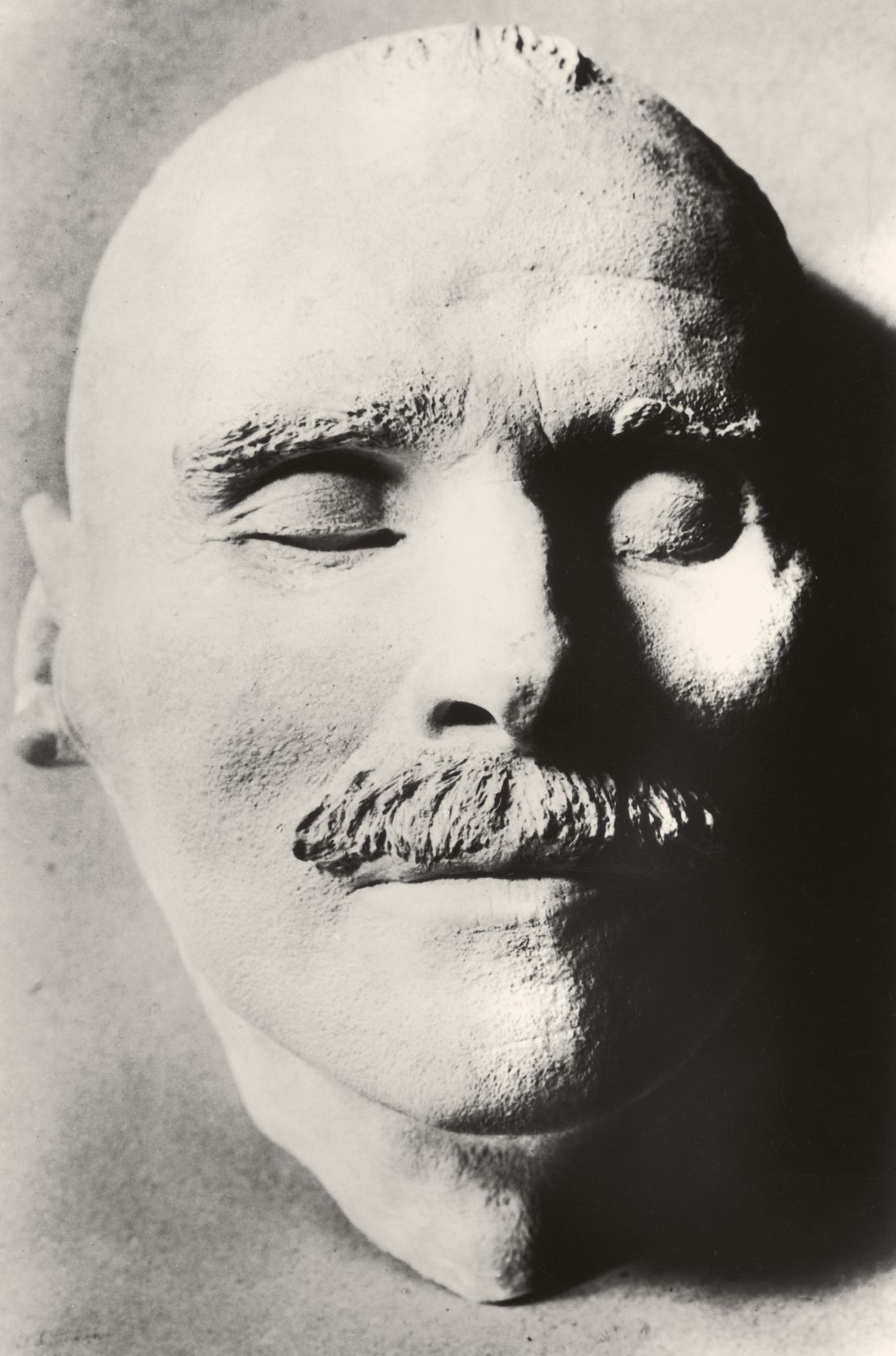
He’s not good on figures (or dates for that matter) but thinks he’s done 60 to 100 death masks, including film director Ken Russell and the former editor of The Times newspaper, William Rees-Mogg. He’s also made up to 200 life masks. His living “sitters” include singer Grace Jones, Mick Jones of the Clash and astronaut Buzz Aldrin.
The son of a convicted British criminal (Bruce Reynolds, the mastermind behind the so called “Great Train Robbery” in 1963), Reynolds started out doing life masks of his father and his aging criminal friends. The resulting show in 1999 was succinctly entitled “Cons to Icons.”
Reynolds certainly tells a good yarn and 2013 was a particularly eventful year. His father died and so he naturally made his death mask. The bronze cast sits atop the dresser in his flat and he cheerfully admits to talking to him. His godfather, another “Great Train Robber,” Ronnie Biggs, also died that year.
While at the North London undertakers for Biggs, Reynolds was told that another celebrity had just checked in. The actor Peter O’Toole occupied the next drawer to Biggs in the refrigerated metal cabinet. After making a phone call, Reynolds made death masks of both men. In life, O’ Toole had been consulted by his daughter about having a death mask and had apparently conferred his blessing. According to Reynolds, he allegedly said ” I don’t care. I’ll be dead.”
A new wave of death masks
In Boston, MIT Professor Neri Oxman is a pioneer in ultra-high definition 3D printing. She and her research group were commissioned by 3D printing company Stratasys to digitally design a series (with no human model) of death masks for the company’s “New Ancient” collection. The results have been recently exhibited at London’s Design Museum and Paris’s Centre Pompidou and are simply extraordinary.

The masks are mesmerizingly beautiful and translucent, filled with smoky whirls of color – reds, oranges, greens and purples. They seem to evoke many things. There’s a hint of human skull, of sea crustacean, intricately designed jewelery. And you half expect them to burst into life like some alien creature in a Ridley Scott movie.
Professor Oxman is clearly experimenting: “Each mask represents an imaginary martyr going through a metamorphosis from life to death or death to life,” she says. The vaporous internal patterns are evidently meant to suggest each martyr’s living or dying breath. Oxman describes the masks as “speculative design objects” rather than art. One of her central interests is synthetic biology. The claim is that the masks were 3D printed at a level of resolution and complexity usually only found in nature.
‘The skin came out in goosebumps’
Reynolds still goes about his work in the traditional way – without recourse to computers or algorithms. “It’s quite a messy business,” he says. A key part of the process, along with plaster of Paris and wax, is a molding compound, alginate gel – the same material that dentists use to make impressions of teeth. In the case of death masks, all but one of his subjects were already embalmed.
The one exception was John Joe “Ash” Amador, a 30-year-old American executed for murder in Texas in 2007. Reynolds got involved as part of protest against the death penalty in the US. He remembers it vividly. He’d talked to Amador by phone just ten minutes or so before his execution. Amador told him, “Having a death mask made was a real honor because it was normally reserved for kings and people like that. Now I am somebody.”
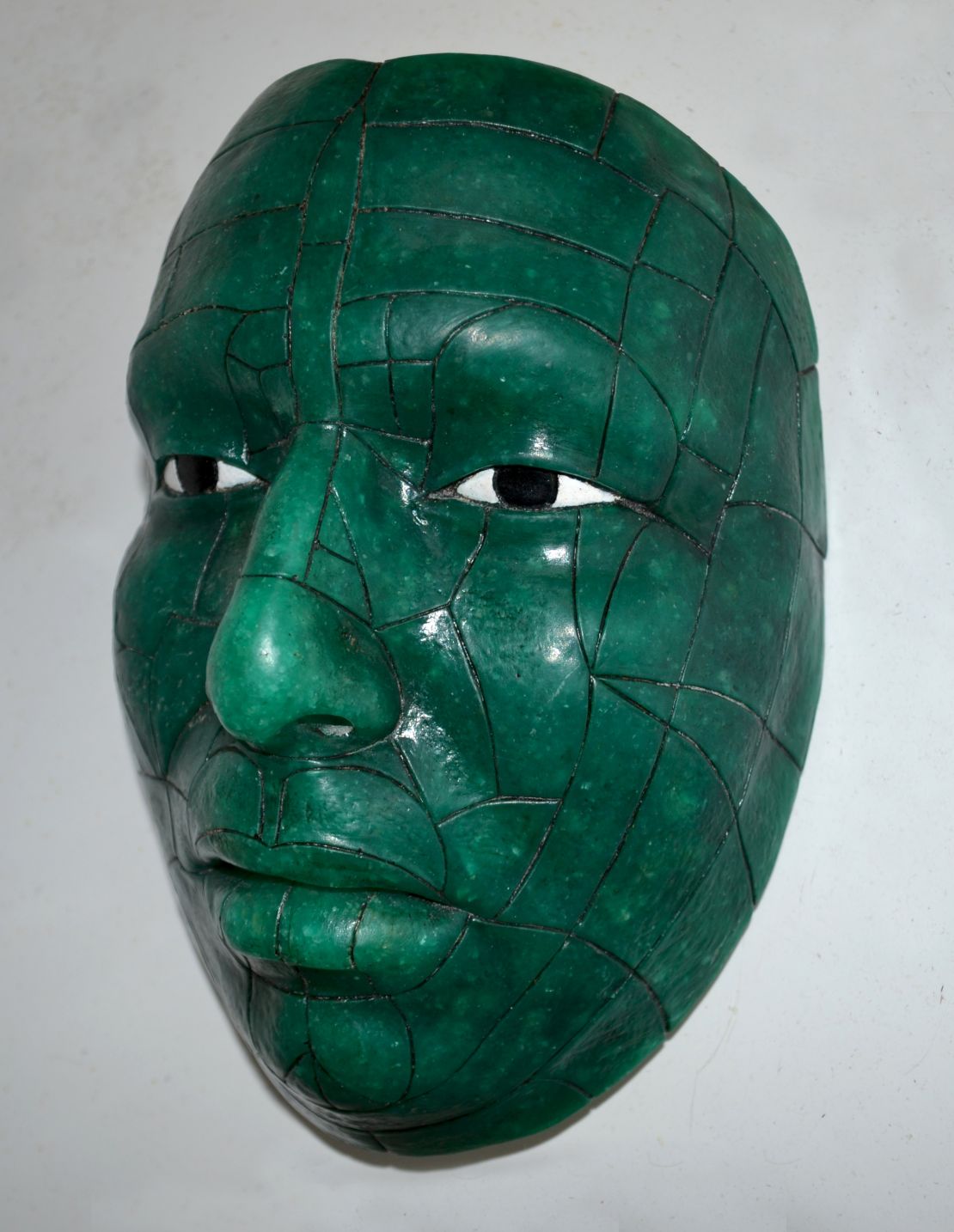
Reynolds made the death mask some 15 minutes after the execution, in a cabin in the woods near the prison. Amador’s body was “still warm” and “the skin came out in goose bumps” as the mold was applied. Reynolds made a cast of Amador’s head as well as the arm where he’d been given the lethal injection. Seven years later, the death mask was featured in a show, “Disobedient Objects,” at London’s Victoria & Albert Museum in 2014.
Reynolds thinks that there’s something “magical and mystical” about death masks; they’re a way of “cocking a snook at death,” he says.
At the end of our chat, I almost forget to ask the most obvious question. At 54, was Nick Reynolds thinking about having a death mask made of himself?
“Ha!” came the swift reply. “Already had myself done life-size, full body as Jesus, holding open the wound on my side, which is actually a vagina.”
